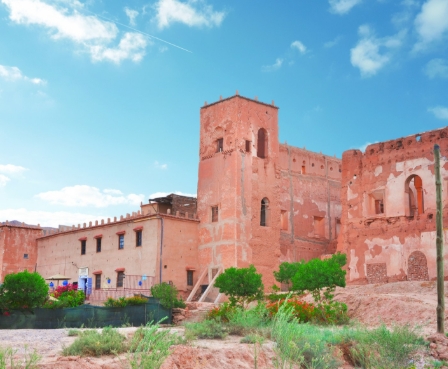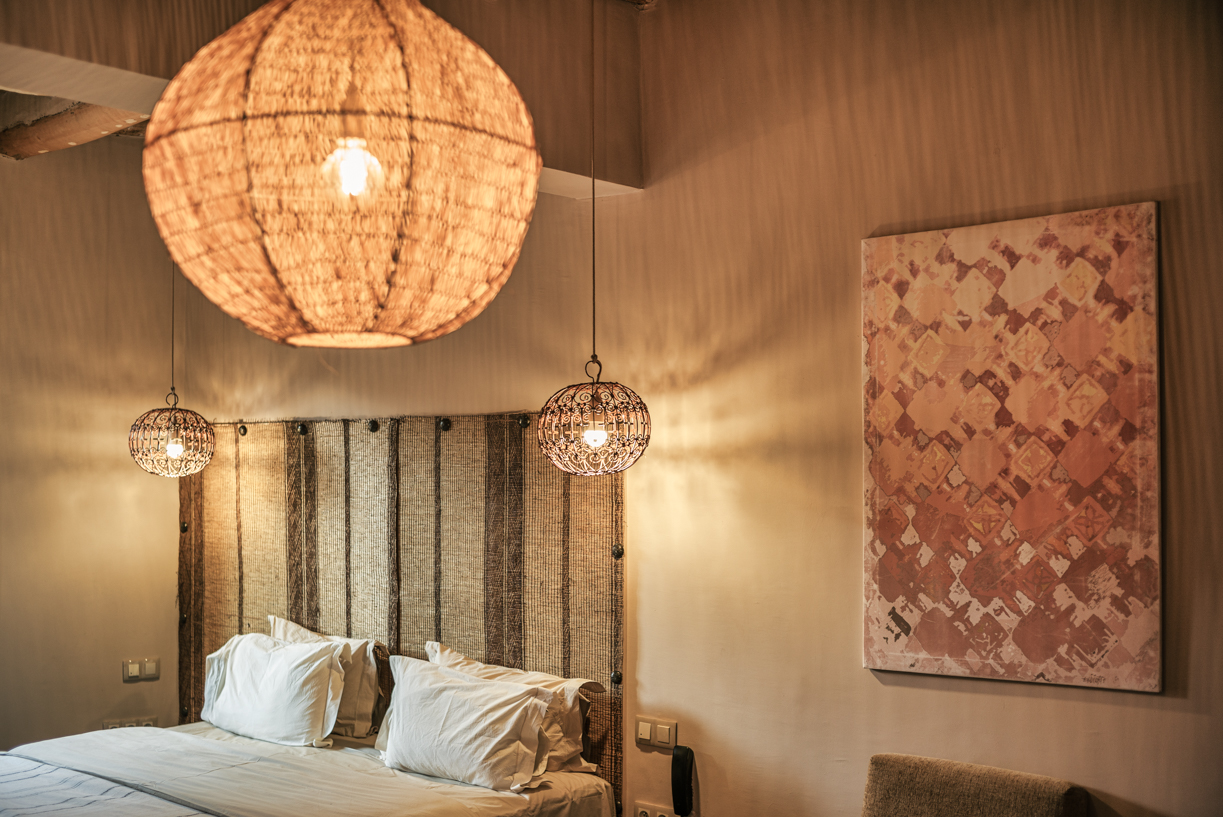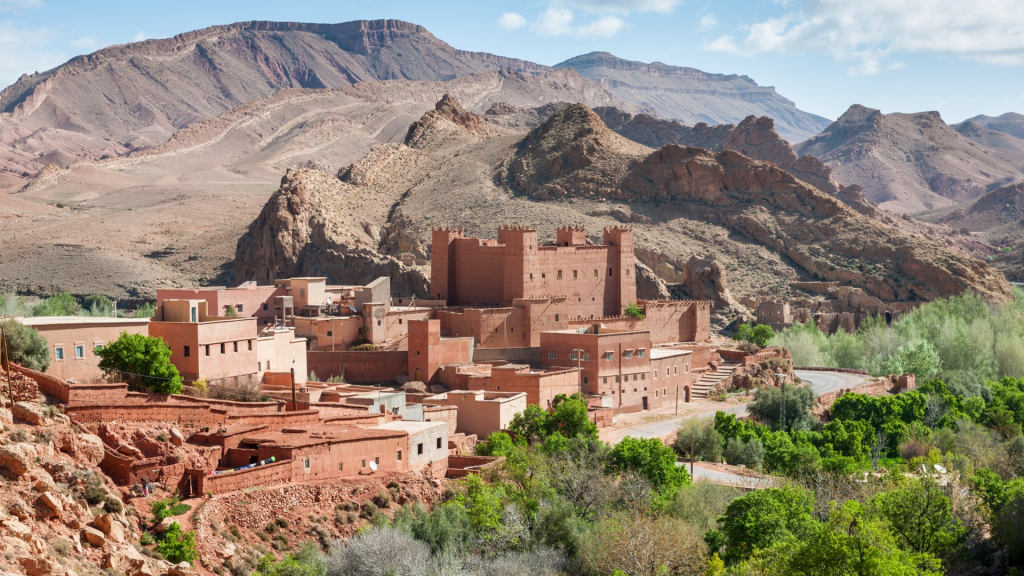TALIOUINE
Taliouine is known as the capital of red gold, and saffron cultivation is one of the most important crops, employing a large proportion of the local population and giving them the opportunity to work and earn an income, as it is a necessary crop due to the high price of saffron, and so its cultivation and trade have become an important source of income for families.
Nestling in the heart of enchanting landscapes in the magnificent Souss Massa region, this small village lies at an altitude of 1,080 metres, just 2.5 hours from the Mediterranean. Ksar Ighnda.
Surrounded by striking natural beauty, it is home to one of the most impressive geological folds in Morocco.
Its rich cultural heritage and unique natural treasures make it an unmissable destination for travellers in search of authenticity and discovery.
The story of Taliouine
The history of Taliouine dates back to ancient times, testifying to the cultural and historical wealth of the region. Situated in the Souss valley, the town has been influenced by various civilisations that have left their mark over the centuries.
Since prehistoric times, the region has been inhabited by Berber communities, who lived in harmony with the surrounding nature. Over time, trade developed with other Mediterranean civilisations, notably the Phoenicians and Romans.
During the Islamic period, Taliouine was integrated into the local Berber dynasties, such as the Almoravids and Almohads. These dynasties fostered the economic and cultural development of the region, contributing to the growth of agriculture and trade.
Saffron, often referred to as red gold, has played a crucial role in the region's economy and reputation. For centuries, the people of Taliouine have grown and harvested this precious spice, helping to shape their identity and make it the saffron capital of Morocco.
The argan has also played a major role in the development of Taliouine. The Berbers have been discovering the virtues of the argan tree since time immemorial, using its fruit to extract argan oil, renowned for its nourishing and medicinal properties.
Today, Taliouine's history is proudly preserved by its community, bearing witness to the region's rich and diverse heritage. Berber traditions endure, and flourishing saffron cultivation and argan oil production continue to be mainstays of the local economy.
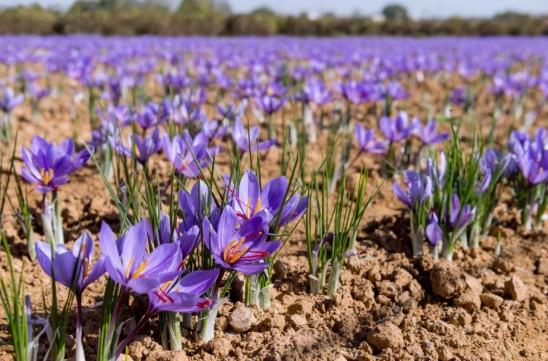
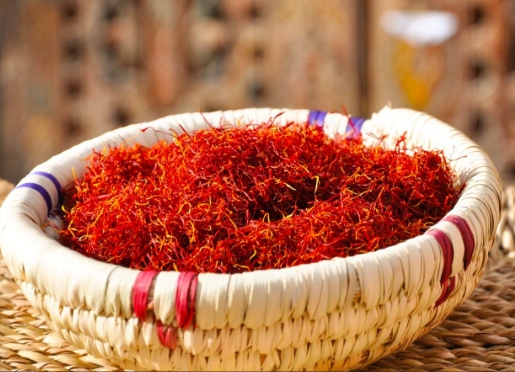
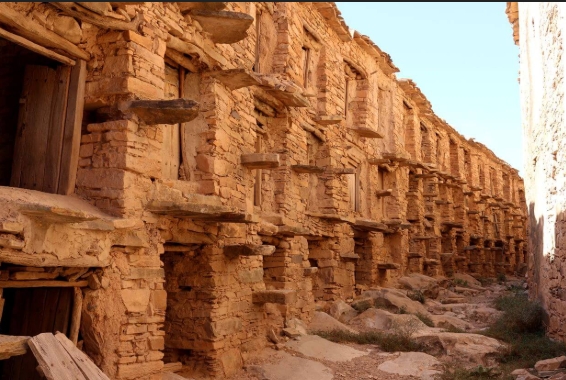

HISTORY & CULTURE
Exploring Safran's fields.
The magnificent village of Taliouine is famous for its saffron production. In fact, this region is home to 90 % of the national production of this precious spice. The saffron fields stretch as far as the eye can see, offering a breathtaking spectacle.
As you walk through the saffron fields, you'll marvel at the rows of purple flowers, bursting with colour and releasing an intoxicating fragrance. You'll also have the chance to take an active part in the saffron harvesting process.
Visitors can learn the traditional techniques of picking crocus flowers, which are then gently separated to extract the precious saffron pistils. This immersive experience allows visitors to understand the painstaking effort required to produce this highly prized spice.
Cave exploration.
A visit to the Berber caves is a captivating experience that allows visitors to explore the historical and cultural heritage of the region's Berber communities.
These caves have played an important role in Berber life for centuries.
They were once used as dwellings, offering natural shelter from the elements.
Berbers settled here, creating comfortable living spaces inside these rock formations. Today, some of these caves are still inhabited by Berber families, perpetuating an age-old tradition.
Visiting these caves gives travellers a unique opportunity to discover the traditional Berber way of life and appreciate the ingenuity of their architecture.
Discovering agadirs
A visit to the agadirs is a unique opportunity to delve into the fascinating history of Taliouine and the surrounding area.
Agadirs are traditional fortified buildings, often perched on hills, which played a crucial role in the daily life of local Berber communities.
These ancestral architectural structures bear witness to the ingenuity and know-how of the region's ancient inhabitants. They are also a tangible reminder of the importance of agriculture and food security in the lives of local communities.
Among the most interesting Agadirs to visit in Taliouine, there's one you can't miss, located on the eastern side of the town and easily accessible by crossing the wadi and climbing slightly. The second Agadir is located opposite the Taliouine bridge, on the west side.
